Whether you are a novice boater, a seasoned seafarer, or a boat manufacturer, you know the importance of outfitting vessels with the best and most reliable equipment on the market. Regulations written by the ABYC detail the many pitfalls that boat owners and manufacturers suffer when making decisions about electrical components – wiring, in particular.
When it comes to a boat’s electrical system, there are still decisions to be made that, while they may seem small, can have a major effect on the vessel’s overall look and safety capacity. One such element is the boat switch panel, a location which serves as the epicenter for the vessel’s electrical capabilities and controls. Boat switch panels are hardly one-size-fits-all; they require careful research and assessment on the part of the boat manufacturer and operator.
A quick Internet search of ‘boat switch panels’ retrieves a deluge of products touting a range of features, including lighting colors/intensity, circuit breaker conditions, rocker switches, wiring, accessories, panel materials, and more. To aid you in your purchasing process, we’ve compiled a handy guide including all of the important details you need to consider before making a switch panel purchase.
In today’s guide we’ll discuss:
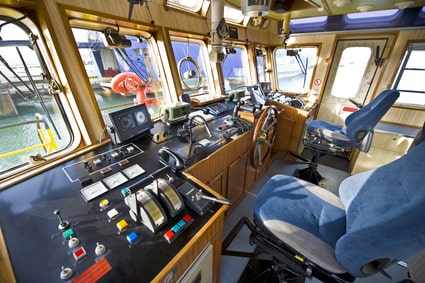
As stated, boat switch panels are the veritable “epicenter” of a boat’s electrical systems. All boats with electrical systems built by the manufacturer come equipped with a switch panel of some sort, but seafarers who have performed post-fab electrical work must alter their panels to reflect the changes. By making this alteration, the operator grants themselves control of the entire electrical system in one convenient place. If a switch panel is not upgraded along with the boat’s electrical elements, the operator is forced to access switches in, oftentimes, inconvenient, decentralized areas.
Some of the best boat switch panels feature the following details:
Boaters who are looking for a more customized option can create a control panel for the rest of the instruments within the new boat switch panel. Switch panel manufacturers can build panels that are specifically tailored to the boat. In these cases, panels might include open spaces for the ignition, stereo, gauges, and other instruments.
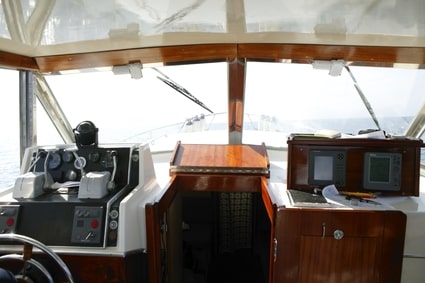
When chosen wisely, boat switch panels can serve as the ‘command centers’ for boaters, the very spots that hold the keys to the electrical system, including gauges, lighting options, stereos, ignition switches, USB ports, and more. Although boaters can absolutely purchase switch panels that are used or ready-to-install, the decision rarely yields good results.
As an example, boaters who perform post-fab custom work on their boat’s electrical system may require different switch features than most. Let’s say that a boater has installed a second 12V socket on the boat dash panel. The boater wants to have easy access to the socket, but if the ready-to-use switch panel doesn’t contain an additional opening that fits the socket, the boater will not have access to it. It’s a simple mistake, but it’s one that boaters make all-too-often when purchasing these panels. To avoid this, boaters are encouraged to first assess their boat’s electrical system prior to making a purchase. These are the same considerations that boat manufacturers must consider when equipping vessels with switch panels during the manufacturing process.
Before buying a boat switch panel:
Once all of the above considerations have been assessed, you are now ready to zero-in on the switch panel features the vessel requires the most.
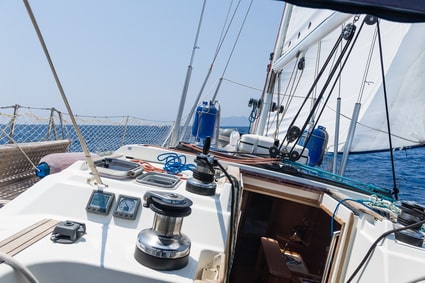 One of the most important switch panel considerations to make is the variety of switches used. Though it may not seem like a big decision in the grand scheme of things, the switch type sets the tone for the panel’s aesthetic. Currently, there are three main types of switches on the market for these panels. Let’s take a look at all three so you can judge which will suit your application best:
One of the most important switch panel considerations to make is the variety of switches used. Though it may not seem like a big decision in the grand scheme of things, the switch type sets the tone for the panel’s aesthetic. Currently, there are three main types of switches on the market for these panels. Let’s take a look at all three so you can judge which will suit your application best:
Rocker switches are the spring-loaded switches that are used widely in both household, professional, and recreational equipment, (i.e., the switches on a power strip). Many switch panel manufacturers offer a variety of different rocker switch styles, including night-readable etched rockers and simple and economical printed rockers.
PROS
CONS
Toggle switches are short, metal switches operated by projecting levers which move up and down. Like rocker switches, toggle switches can be found in homes, businesses, and on recreational vehicles like boats. Most toggle switches look similar and don’t come in a variety of different styles.
PROS
CONS
Pushbutton switches are exactly as they sound, simple buttons that control electrical mechanisms with the touch of a finger. Typically, pushbutton switches come with a plastic shell (though the material can be customized) and sometimes include backlighting capabilities for ease of use.
PROS
CONS

Every boater’s worst nightmare is to be stuck out on the water with no access to the electrical components in their boat. Sure, it may not be a nightmare that the most seasoned seafarers would admit to having, but it’s very much a scenario that could, at best, put a damper on a relaxing time – and, at worst, mean a potentially dangerous day. When circuit breakers are built right into the panel, branch circuit protection for the vessel is taken care of.
Here’s what to look for when buying circuit breakers:
Many switch panel manufacturers recommend that circuit breakers be incorporated right into the switch panel. Not only does this choice guarantee easy access when out on the water, but switch panels designed with built-in circuit breakers are also the easiest to install and free up more space for wiring in other areas.
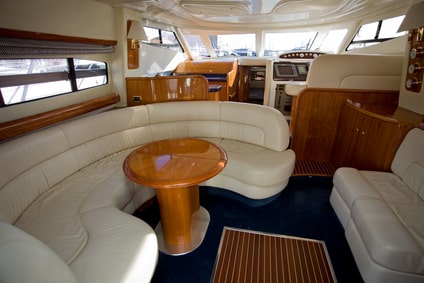
As mentioned, most boaters prefer switches that incorporate backlighting options to those that don’t. This is for a number of reasons, with the most critical one being that these lights are both convenient and serve as additional illuminators during disaster situations. The lights not only make the entire boat safer, but they also serve as reminders to forgetful operators who might not always remember to turn off their boats’ electrical components.
Typically, backlighting is used on both printed and etched rocker switches, as well as modern pushbutton designs. Though it’s not as commonly used, lighting is also possible for toggle switches, which usually comes in the form of a small indicator light just to the side of the switch.
The color used for backlighting components depends mostly on the manufacturer’s aesthetic sensibilities, but that doesn’t mean that some colors aren’t better than others.

As with most of the other components and features found on boat switch panels, there are important decisions to be made when it comes to wiring. Typically, panels are sold to the professional and recreational boating public with three wiring options:
Just as they look, these three options are definitely not one-size-fits-all and, if you happen to make a bad choice (i.e., a no wiring option for a novice boater), you could end up compromising the boat’s entire electrical system.
As noted, the inclusion of circuit breakers into custom switch panels is the smartest choice for boaters and manufacturers to make. That said, if you choose to keep it off the panel and as a fuse box in another location, it could lead to a more complex wiring process, especially when the wire-free option is selected.
When buying boat switch panels, the overlay is one of the most important considerations to weigh. Control panel overlays are custom-designed to meet switch panel designs, with fabricated openings to house gauges, switches, and dials and graphic elements to clearly label switches and controls. 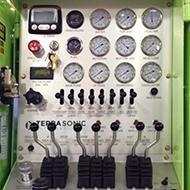
In the marine environment, durability is key to avoid fading graphics that can hinder usability and safety. MPC’s custom graphic overlays offer excellent resistance to extreme temperatures, UV exposure, chemicals, and cleaning processes. Designed to remain readable under harsh operating conditions, MPC’s graphic overlays serve a crucial role in the machine-user interface. While there are several options for control panel overlays, not all materials are suitable for use in marine applications. The most commonly used materials with the durability required to hold up in harsh marine environments include:
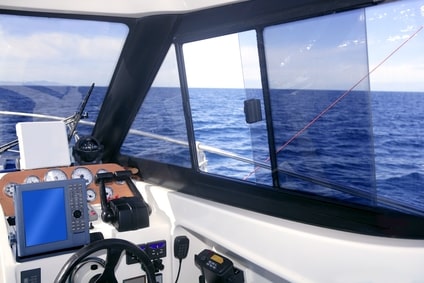
Just like all other parts of a vessel, boat switch panels come with a long list of accessories or alternate designs. These can either be useful or useless depending on the needs of the vessel. Some accessories and alternate design options include:
Tailored panel openings are most important for boats that have mechanisms that were originally placed by the manufacturer. These can include equipment like stereos, instruments, gauges, ignitions, kill switches, breaker holes, empty switches, and more. If you have noted any areas of the dash that contain manufacturer switches or other post-fab instruments used on the water, be sure to measure them and incorporate their spaces into the final design. Boat switch panel manufacturers are used to making design considerations like these and should offer precise and exact work.
For more information on boat switch panels and what they mean for boat owners and builders, visit the following resources:
Our sales engineers are experts in automatic asset tracking, tagging and identification,a nd can answer all your questions. Get in touch now.
Lets Talk ›